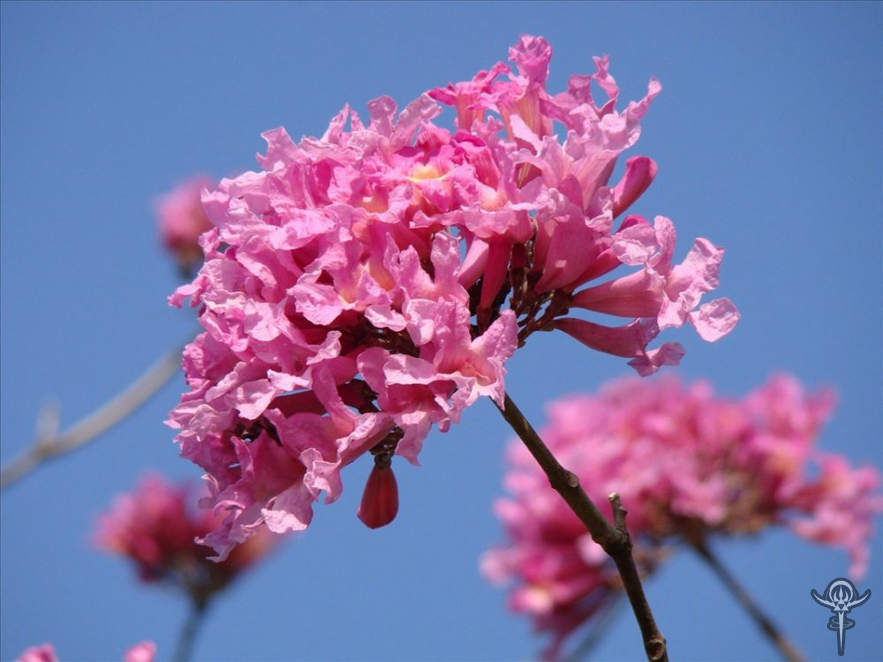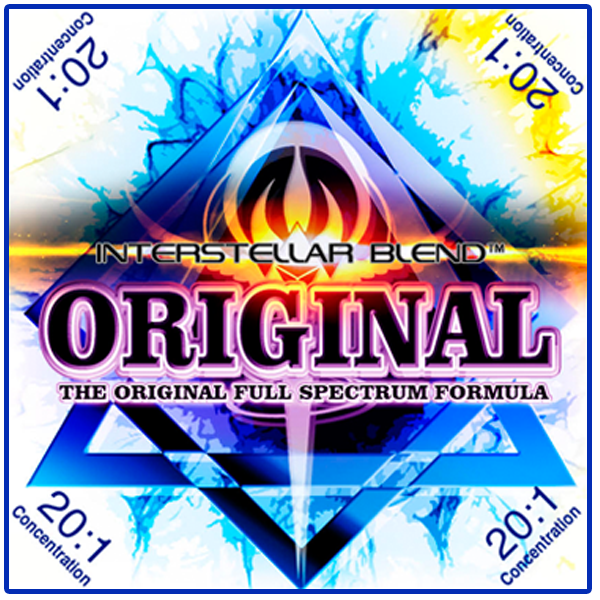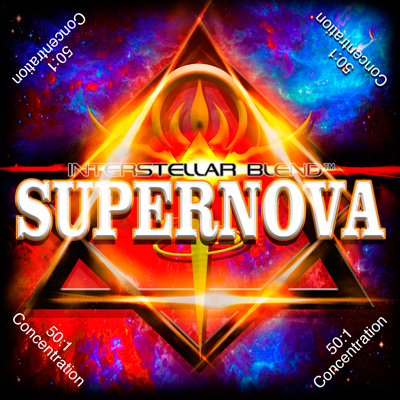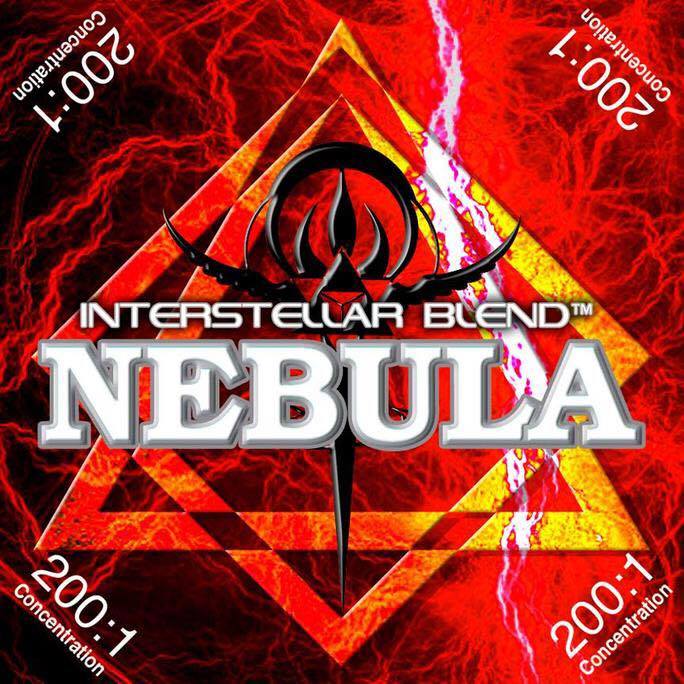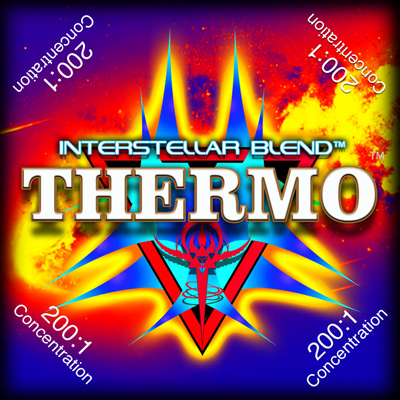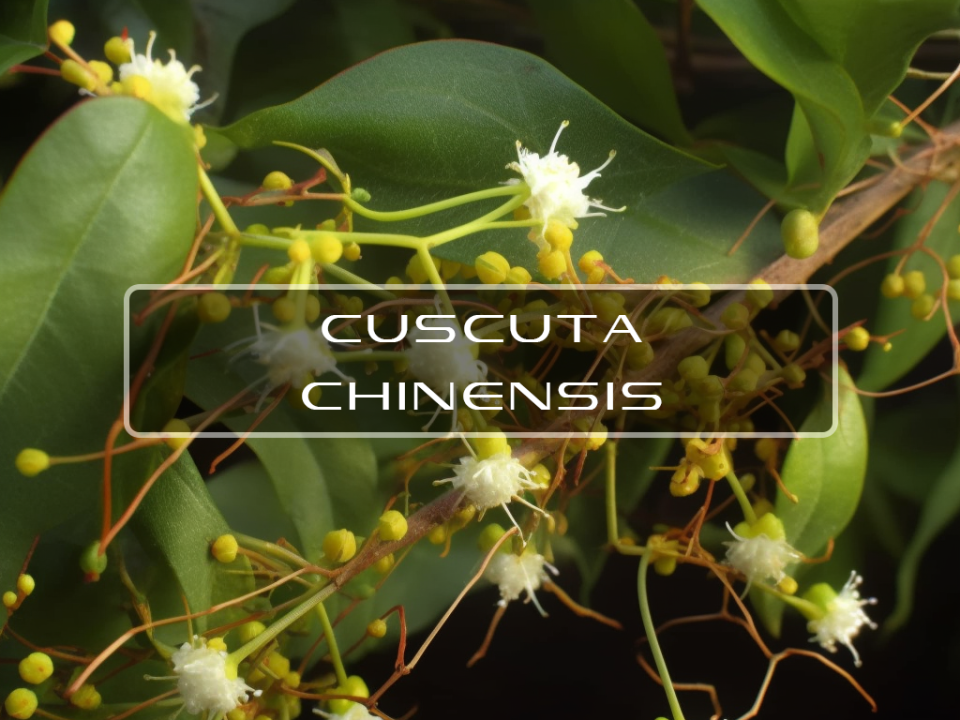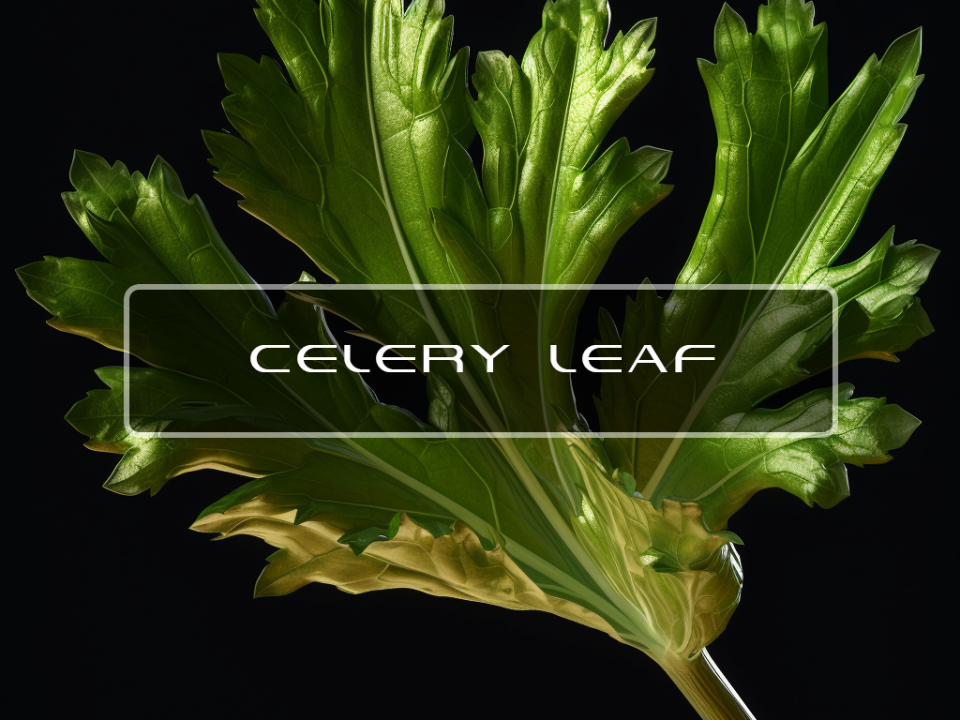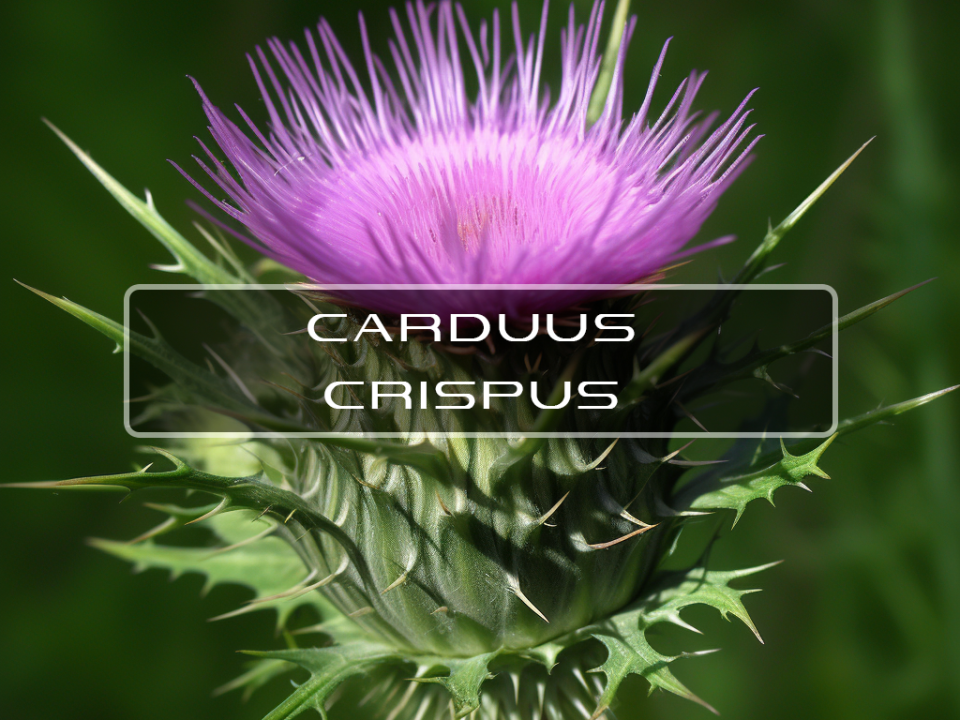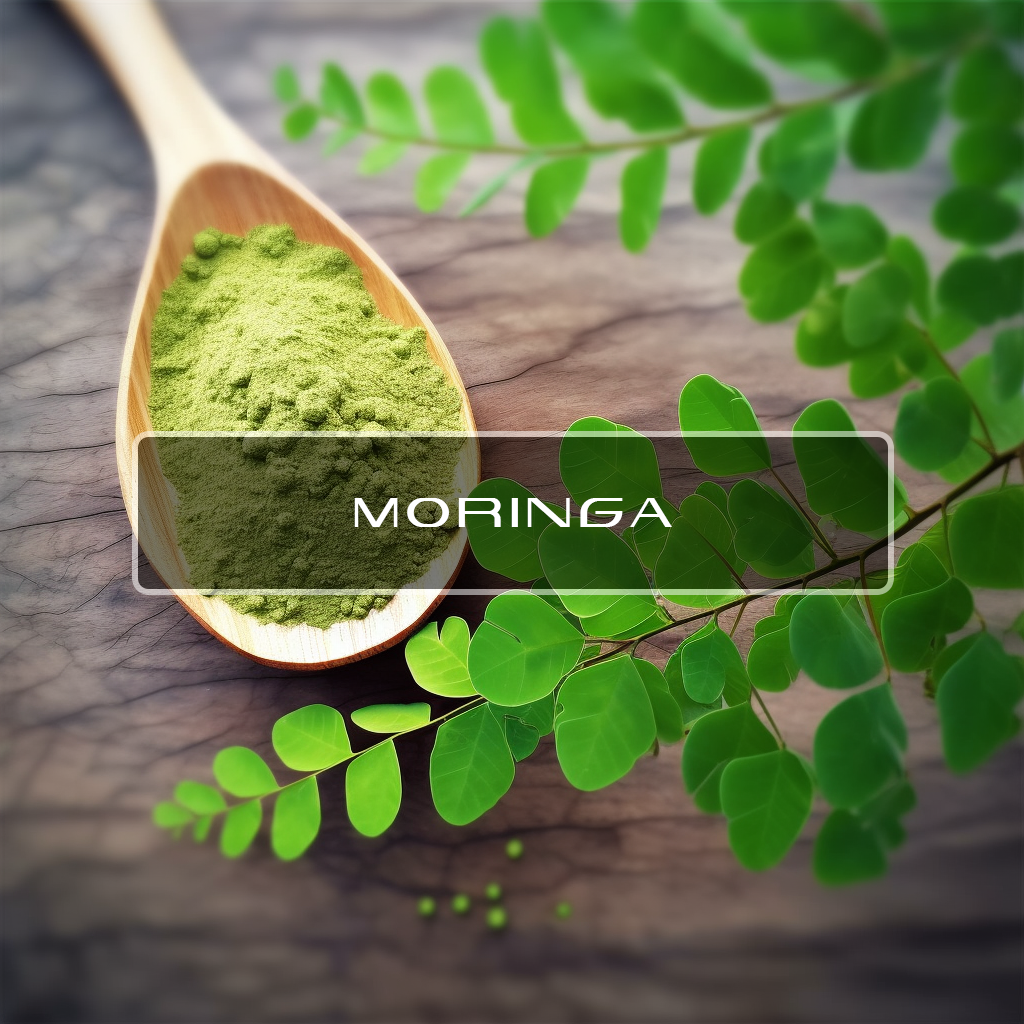
Moringa
July 28, 2018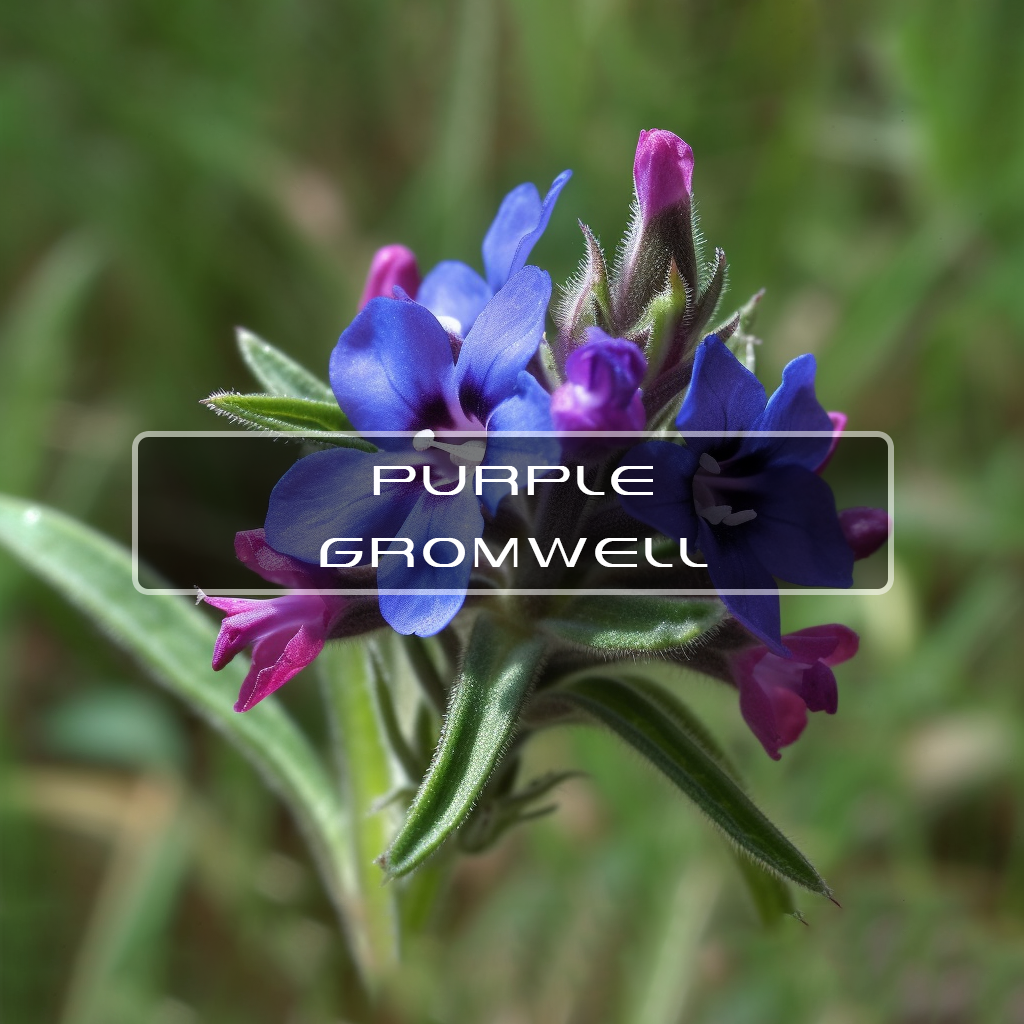
Purple Gromwell
August 3, 2018Pau D’Arco
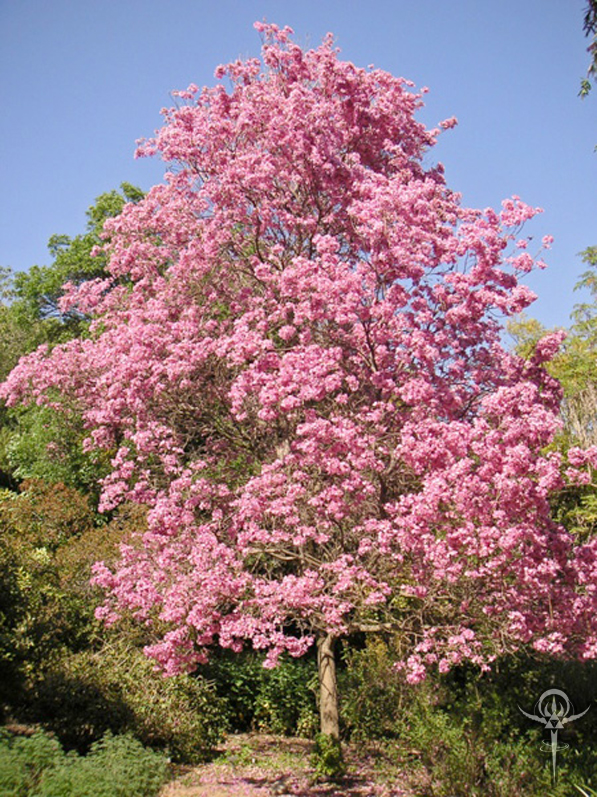
It is still taken today as an internal elixir in the form of a tea or powder as well as placed on external wounds. Pau D'arco contains several compounds such as lapachol, xyloidone and napthaquinones. These compounds are able to combat harmful organisms within the body.

Benefits of Pau D’Arco
The cytotoxic activity of Nor-β-lapachone against PC3M human prostate cancer cells was demonstrated to be significantly enhanced when delivered by PLGA microcapsules in comparison with the free drug.
β-lap markedly suppressed the growth and angiogenesis of human lung cancer xenografts in nude mice and decreased the levels of receptor-interacting protein, AKT, CDK4, and CD31 in the solid tumors. Unlike other NQO1-dependent cytotoxic quinones, such as streptonigrin, menadione, mitomycin, and 17-allylamino-17-demethoxygeldanamycin, β-lap was the only agent that could cause Hsp90 cleavage. Taken together, our results suggest a crucial mechanism underlying the antitumor efficacy of β-lap.
Obesity - Estrogen deficiency-induced obesity has a high risk of visceral fat accumulation and body weight gain.These results suggested that the anti-obesity effect of Taheebo extract is due to its capability in preventing the accumulation of adipocyte in mice. Taheebo extract might be a promising functional food resources capable of protecting against OVX-induced obesity.
Expression of mRNA and proteins related to lipogenesis were decreased in Taheebo TBE-administered mice compared to mice fed HFD alone. These results suggest that TBE inhibits obesity and fat accumulation by regulation of gene expression related to lipid metabolism in HFD-induced obesity in mice.
Antioxidant Properties - β-Lapachone (β-LAP) is a naturally occurring quinine that exerts a number of pharmacological actions including antibacterial, antifungal, antimalarial, and antitumor activities. Collectively, the results suggest that β-LAP increases antioxidant enzyme gene expression in astrocytes by modulating NQO1-AMPK/PI3K-Nrf2/ARE signaling.
The increase of incidence of tuberculosis (TB) with resistant strains and HIV co-infection has reinforced the necessity of developing new drugs for its treatment. The reaction of naphthoquinones with aromatic or aliphatic aldehydes in the presence of ammonium acetate led to the synthesis of the three β-lapachone derivatives (naphthoimidazoles) that were tested in this study.
These data suggest that the ethnopharmacological action of taheebo may be due to its negative modulation of macrophage-mediated inflammatory responses by suppressing PGE(2) production. Thus, this water extract may be developed as a new therapeutic remedy for various inflammatory diseases such as arthritis and atherosclerosis.
The anti-inflammatory effect of β-LAP was confirmed in an LPS-induced systemic inflammation mouse model. The strong anti-inflammatory/anti-oxidant effects of β-LAP may provide preventive therapeutic potential for various neuroinflammatory disorders.
Antibacterial - A daily dose of tea from the bark showed signs of antibacterial properties against the helicobacter pylori. These results may be an indication of at least one of the pharmacological actions of taheebo. The Tabebuia impetiginosa dried inner bark-derived materials, particularly 2-(hydroxymethyl)anthraquinone, merit further study as potential Helicobacter pylori eradicating agents or lead compounds.
These compounds showed a decrease in MIC when the samples were subjected to osmotic stress, suggesting that the compounds acted on the fungal membrane. All the compounds were able to reduce the ergosterol content of the fungal strains. Finally, tyrosol was able to cause a leakage of intracellular molecules.
The aim of this study was to evaluate the antimicrobial activity of lapachol, α-lapachone, β-lapachone and six antimicrobials (ampicillin, amoxicillin/clavulanic acid, cefoxitin, gentamicin, ciprofloxacin and meropenem) against twelve strains of Staphylococcus aureus from which resistance phenotypes were previously determined by the disk diffusion method. The combination of β-lapachone with cefoxitin showed no added benefit against LFBM 31 and LFBM 33 strains. This study demonstrated that, in general, β-lapachone combined with beta lactams antimicrobials, fluoroquinolones and carbapenems acts synergistically inhibiting MRSA strains.
